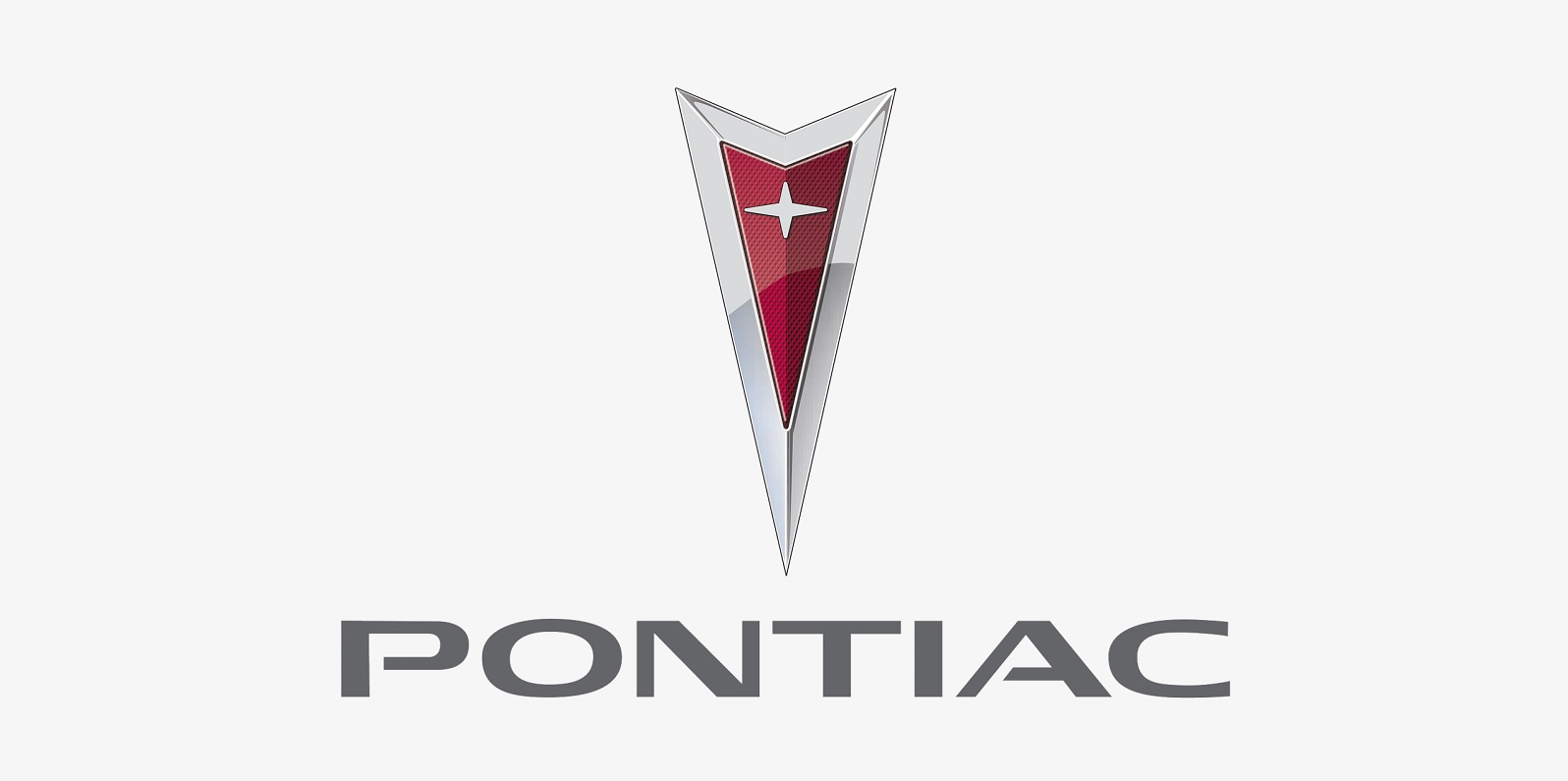The energy crisis led to the transformation of Pontiac and gradually develop toward small-displacement family cars.
In 1970, the US government began to interfere with the unrestricted development of the high-emission car in the US auto industry. They think that the horsepower of these cars is too powerful, and the brake system is simply ineffective. Moreover, such vehicles are difficult to handle and the tires are overloaded, which easily leads to traffic accidents. In response, the US auto insurance industry has greatly increased the insured amount and insurance conditions of muscle cars. This move has made many potential buyers of muscle cars have to consider their wallets and think twice. At the same time, there was a gradual emergence of an energy crisis.
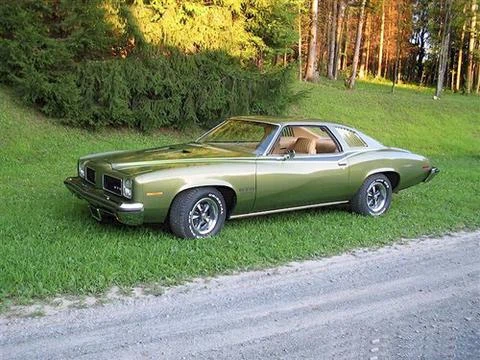
Due to the changes in the auto industry, Pontiac’s large-displacement models began to become bleak, and GTO was the first to bear the brunt. To cope with this situation, Pontiac reduced the compression ratio of GTO engines in 1970 to accommodate lead-free and low-octane fuels. By the third generation GTO in 1973, its 5.7-liter V8 engine had a power output of only 204 hp (150 kW). The inefficient engine with high fuel consumption has caused to GTO completely lose in the market. In 1973, GTO sales fell sharply, only 4,806 units were sold. By 1974, the Pontiac GTO had to stop production.

Between 1971 and 1975, at the same time as the fuel and emissions crisis, Pontiac also hoped to use the high-emission car to attract consumers. Pontiac launched a new full-size sports car – Pontiac Grand Ville. Its power is still equipped with 6.6L V8 and 7.5L V8 engines. The 7.5L engine is a new engine introduced by Pontiac in 1971 with a maximum power of 335 hp (250 kW). The engine was also used on the GTO and Firebird models, but the engine was officially discontinued in 1978. Finally, the launch of the Grand Ville was not successful due to the energy crisis.

In addition to greatly reducing the displacement of the previous car models, Pontiac also began to introduce small and medium-sized cars in 1976. Pontiac sunbird was one of the products introduced at that time. The model is equipped with 2.3L inline four-cylinder, 2.5L inline four-cylinder, 3.8LV6 and 5.0LV8 four engines, which was also the smallest displacement model sold by Pontiac at that time. Among them, the 2.3L inline four-cylinder model has a maximum power of only 78 hp (58 kW), and it is equipped with three-speed automatic, four-speed manual and five-speed manual transmission. It was sold 50,000 units in the first year. At that time, the launch of the small-displacement model gotten to a certain market for Pontiac, and this model was officially discontinued in 1994.

In 1977, Pontiac introduced the second small-displacement model, Phoenix. The Phoenix is a compact model equipped with two kinds of displacement engines, 3.8LV6 and 5.0LV8. It completely replaced the previous Ventura model in 1978. In 1980, Pontiac introduced the second generation of Phoenix, which is very different from the previous generation. Not only the form of the transmission changed to front-wheel drive (the first Pontiac front-drive model), but also the power has become a 2.5L inline four-cylinder and 2.8LV6 engines with smaller displacement. In the first year after the launch of the second generation of Phoenix, the sales volume reached 178,000. At the same time, the Firebird launched in 1980 also changed on the engine, which canceled the previous 6.6L large displacement engine and introduced a new 4.9L V8 turbocharged engine with a maximum power of 210 hp.
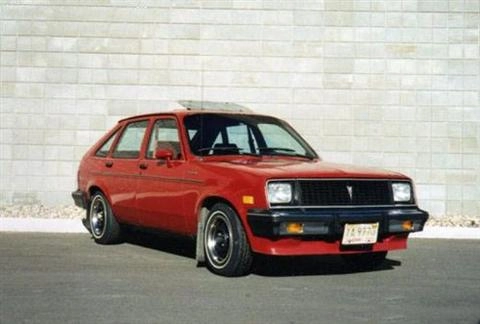
In 1981, the Pontiac T1000 was launched. It was born on the GM T platform. Its introduction replaced the Sunbird as the smallest model of Pontiac. It is powered by a 1.4L and 1.6L inline four-cylinder engine. In 1982, Pontiac also introduced the J2000 model. J2000 model is the second generation of the Sunbird, equipped with 1.8L and 2.0L inline four-cylinder engines.
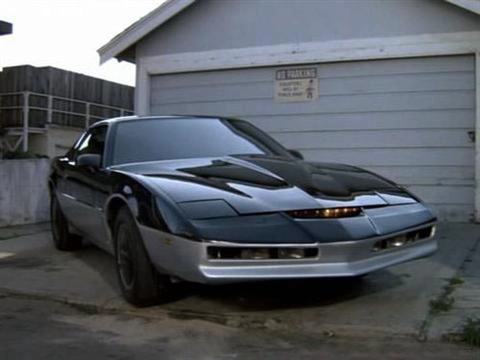
In 1982, the second generation of the Firebird model was launched, which was designed with a new wedge-shaped front face shape. At the same time, this style became the mainstream design of Pontiac’s models in the 1980s. To reduce fuel consumption, Pontiac changed the entry-level engine of second-generation Firebird to a 2.5-liter inline four-cylinder engine. The second-generation Pontiac model has also become the protagonist of Knight Rider, the humanized computer car. it has achieved great publicity and became the dream car for most car enthusiasts of the 80s.
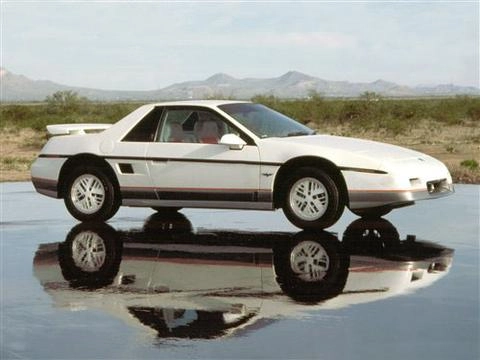
In 1984, Pontiac launched Fiero, which was positioned as an economical performance small sports car. This model engine layout featured with a mid-mounted rear-drive and only two seats. The power used the same 2.5L and 2.8L engines as the second-generation Phoenix. The launch of this model helped Pontiac achieve its first sales growth since 1980.

In 1984, Pontiac began to focus on the development of technology eqiupment. Pontiac launched a special mode of the STE model based on the Pontiac 6000 (produced in 1982-1991, positioned as a mid-size sedan). The model is launched to compete with Mercedes 190. It equipped with digital instruments, 4.3L V6 diesel engine, ABS (equipped on Pontiac models for the first time), multi-function steering wheel and other advanced equipment.
Since 1988, besides Firebird and Fiero, all of Pontiac’s models have changed to the front-drive platform. At that time, the main models produced by Pontiac were Pontiac 6000 and Tempest Storm (which launched Third-generation models in 1988-1991), Bonneville, Grand Prix, LeMans Le Mans, Catalina, Safari, Sunbird, etc. It is precise because of the change in driving style that Pontiac owners become younger. From 1981 to 1988, the average age of Pontiac owners dropped from 46 years old to 38 years old.
The brand began to decline gradually, and the general platform strategy led to Pontiac losing its self.
In the 1990s, GM vigorously promoted the platform strategy, which gradually let its brands lost their individuality. In particular, Pontiac, a distinctive brand, has been hit harder. Consumers found that Pontiac, which they bought, was almost the same as a Chevrolet or Oldsmobile, except for headlights, car grille, wheels, and the other appearance parts.
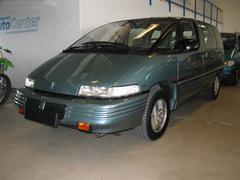

After 1990, Pontiac began to slow in the development of new cars. Between 1990 and 2000, only two new models, Trans Sport and Sunfire, were introduced. Both were built on the same platform as GM’s other brands. Trans Sport was launched in 1990 by Pontiac and is an MPV model that was built on the same platform as the Chevrolet Lumina APV and the Oldsmobile Silhouette. Its power is equipped with three V6 engines: 3.1L, 3.4L, and 3.8L. It officially ceased production in 1999. The Sunfire is a compact model that was introduced in 1995 to replace the Sunbird. The model and Chevrolet Cavalier were built on the J platform as the same. The power was equipped with 2.2L, 2.3L and 2.4 four-cylinder engines in the early stage. By 2002, Sunfire was equipped with GM’s famous 2.2L Ecotec series engine, which had a maximum power of 140 hp (104 kW), and this model was eventually discontinued in 2005.


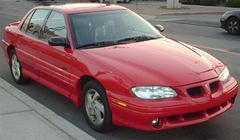
In terms of other models, LeMans (1993) and Pontiac 6000 (1991) were officially discontinued (note: the years in bracket is the years when the model is discontinued), and LeMans was already selling the sixth generation. From 1988 to 1993, LeMans was already manufactured in Korea by Daewoo. Besides, Grand Am (1991/1998), Grand Prix (1996), Bonneville (1991), and Firebird (1992) were updated to the new generation (note: the year in brackets are the update time). Among the models that were updated in the 1990s, the most obvious commonality was the obvious reduction in displacement. Among the above models, in addition to the sports car Flamingo still use a 5.7L displacement engine, the maximum displacement of other models is not more than 3.8L, mostly based on 2.0L displacement models.
The brand eventually dies, and the 2009 financial crisis is the cause of brand death.

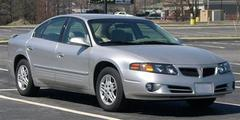

After 2000, GM still produced according to the thoughts that the development of the model in the 1990s. But compared to the 1990s, Pontiac introduced more models in the 21st century than in the 1990s. Of course, some classic models have also been discontinued in the 21st century, including Sunfire (2005), Grand Am (2005), Grand Prix (2008), Bonneville (2005), Montana (2006) and firebird (2002).

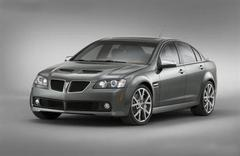
Grand Prix, Bonneville, and Montana were upgraded to new a generation before they were discontinued. The Grand Prix launched its seventh-generation model in 2004. It is produced on the same platform as the Buick LaCrosse, Chevrolet Impala and Chevrolet Monte Carlo. It is powered by three engines, 3.8L naturally aspirated, 3.8L turbocharged, and 5.3L V8. In 2000, Bonneville launched its last generation (the tenth generation), which is produced on the same platform as the Oldsmobile Aurora and Buick New Century. The power is equipped with 3.8L V6 and 4.6L V8. In 2008 and 2009, Pontiac also launched the G8 as the successor to Bonneville, which was produced by Australian General Motors Horton. It is equivalent to the Pontiac version of Horton VE Commodore. It was powered by 3.6LV6, 6.0LV8, 6.2LV8 engines, and the power of the strongest 6.2L engine has reached 415 horsepower.

Montana passed the last replacement in 2005 and was discontinued in 2006. Montana was the replacement model of the MPV-Trans Sport. After 2005, Montana changed the production platform from the previous U-shaped platform to the GMT201 platform. The models born on this platform are also known as the GL8. Montana produced in 2005 has only a 3.4L V6 engine.





In terms of new models, in addition to the G8 mentioned above, there are G3, G5, G6, Vibe, Aztek, Torrent, Solstice, and GTO. The G-series models are GM launched for the US and Canada markets. From small, compact, medium to large, several different grades of family cars. Aztek is an SUV model produced on the MPV-based U platform by Pontiac in 2001. It is powered by the same V6 engine as Montana. However, in the few years since the launch of the new car, this model has been rated by the major media as one of the ugliest models ever. And after 2005, Aztek’s successor, Torrent, went on the market. Torrent not only changed Aztek’s ugly appearance but also added a new 3.6LV6 engine to the powertrain. The two engines respectively matched Aisin’s 5-speed automatic and universal 6-speed automatic transmission.
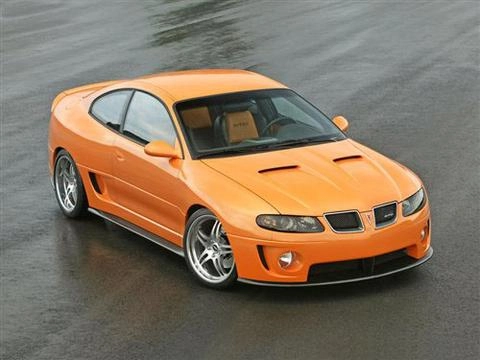
The major brands in the United States began to prepare to revitalize the culture of muscle cars after 2005. Among them, Ford was the first to launch the fifth generation of wild horses in 2005, and Chevrolet, Dodge, and other brands are also preparing for the revival plan. Pontiac was once popular at that time, would not sit idly by. So he launched a new generation of GTO and sports car Solstice. The new GTO was built on the same platform as Horton’s Monaro, equipped with 5.7L and 6.0L. The displacement engine 5.7L model has a maximum power of 350 hp (260 kW), while the 6.0L model has a maximum power of 400 hp (300 kW). In the three years after its launch, its annual sales were around 15,000 units.

Besides, the Pontiac Solstice was produced in 2005. It is produced on the same platform as Saturn SKY and Opel GT models. It is powered by 2.0L and 2.4L engines. This model played the role of “jazz” in Transformers and was hugely popular at that time.

The Vibe was produced based on the Toyota Voltz. It is a compact hatchback that is primarily positioned in the compact family car market. The power is equipped with a 1.8L engine from Toyota. In the second generation launched in 2009, it also added a 2.4L engine model.
In 2009, GM was hit hard financially by the subprime crisis. To apply for aid from the United States Federal Government, GM declared bankruptcy protection. Pontiac, Hummer, Saab, and Saturn being declared that would be canceled after restructured. The models produced by the Pontiac brand at that time will all be discontinued by the end of 2010, while Pontiac sales volume was 151,818 vehicles in 2009.
Until 2010, before the Pontiac brand disappeared. Pontiac’s several new models of the G3, G5, G6, G8, Torrent, and Vibe were still in produced. In order not to waste resources (technical and parts, etc.), GM has incorporated these models into the four remaining brands, Chevrolet, Buick, GMC, and Cadillac. So far a historical brand that has been established for a hundred years has officially closed down.
Throughout the centuries-old history of Pontiac, it has indeed played an indispensable role in the history of the development of the automotive industry. Especially in the era when the muscle car was popular, it brought us such a popular model as the Pontiac GTO and the Pontiac Firebird. However, the strategy of Buick multiple brands produce in the same platform and the subprime mortgage crisis in 2009 finally pushed the brand to the abyss of extinction.

